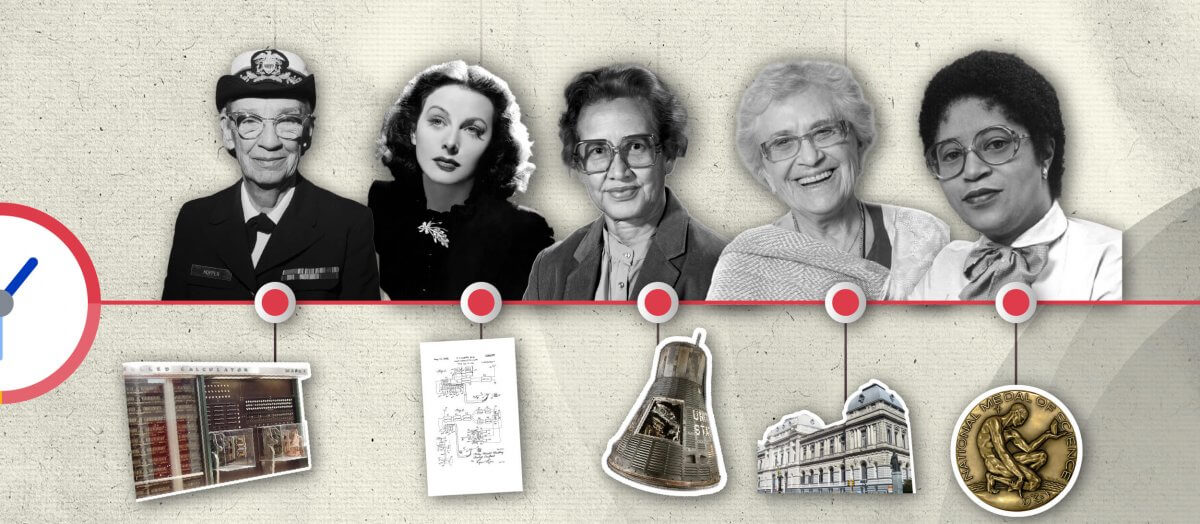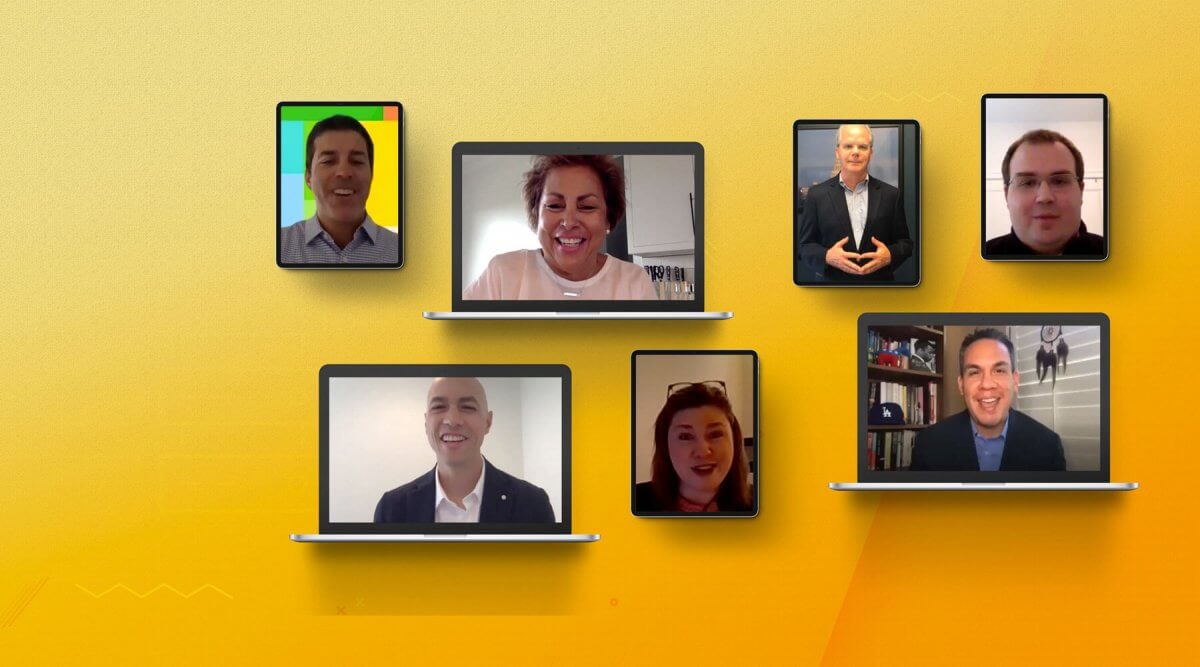If you are one of the 135 million people who stream music over the Internet, the last time you listened to music probably wasn’t from a CD in your jukebox or even an MP3. As a matter of fact, Time Magazine estimates that about 42 percent of 14 to 34 year olds access music either through interactive services or Internet music services such as Spotify, Amazon, and Pandora. Digital music streaming has revolutionized the industry, exposing listeners to a constantly expanding world of musicians and artists, and growing the pie for everyone: artists and listeners alike.

Unfortunately, in its long anticipated report on the music licensing ecosystem, the U.S. Copyright Office delivered some good, but mostly bad, news for digital music streaming services.
The U.S. Copyright office is right to call for increased transparency in the music licensing system. As they say in Nashville, the music licensing system is “thicker than molasses.” There is no transparency in the music licensing process like we see in the online travel booking industry, making it very hard for most of those involved to know what music they are licensing and from whom they are licensing it. This system leads to marketplace inefficiencies, which – in the age of Internet transparency and accountability – are inexcusable.
In light of this, the Copyright Office report concludes that increased transparency is “essential to a better functioning system.” The report goes on to recommend that the government establish incentives to encourage the private sector to create a publicly available authoritative database of music rights. Included here would be information regarding the reporting and payment of writer and artist shares of royalty payments. In other words, this database would pinpoint the information needed to identify the owners of rights, and how they are paid.
While transparency is a good start, we are concerned that the Copyright Office has decided it’s time to blatantly discriminate against interactive digital streaming music services in favor of traditional platforms. Specifically, the report proposes that music publishers be allowed to withdraw digital rights from the performance rights organizations such as ASCAP and BMI so that the music publishers can negotiate directly with digital services. Currently, music publishers are forbidden from doing this by antitrust consent decrees entered into by ASCAP and BMI. The Copyright Office glides over this fact, and seeks to argue that the reasons underpinning the antitrust consents – abuse of market power by entrenched players – are not somehow relevant to today’s music licensing landscape.
In fact, since the consent decrees were entered into, the market power of entrenched players such as ASCAP and BMI, not to mention the music labels has only increased, not decreased, making the Copyright Office’s partial withdrawal recommendation troubling, to say the least. In a 2014 case involving Pandora and ASCAP, a U.S. district court found that music publishers – in this case Sony and Universal – used partial withdrawals not to compete with one another for Pandora’s business, but instead to collude with one another, with ASCAP’s blessing, to jack up prices to Pandora. As Sony’s Martin Bandier boasted after the fact, “Sony leveraged its size to get [a] 25 per cent increase in rate [from Pandora].” This statement, and others like it, underscore the continuing need for the DOJ’s consent decrees.
The Copyright Office is to be commended for taking on a complex issue and lending its expertise to the discussion. But its recommendation to discriminate against digital music is not the right path forward. Internet companies look forward to working with all stakeholders to ensure that digitally distributed music can continue to compete on a level playing field.










